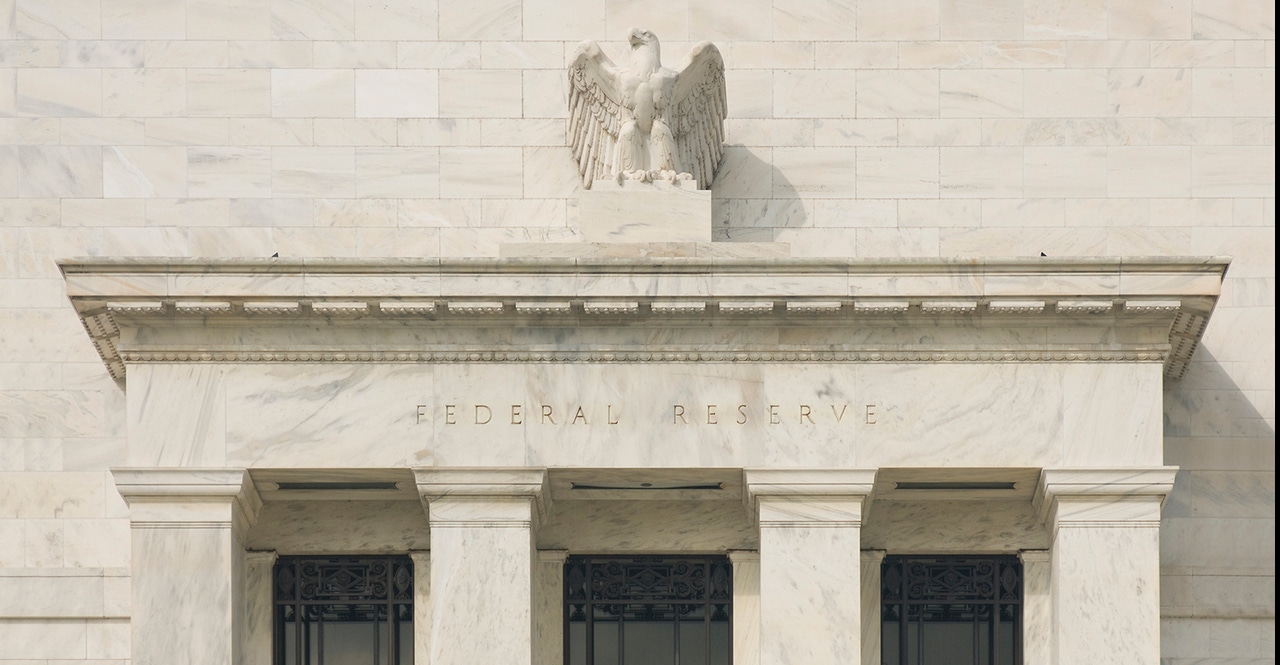
Junk Bonds: A Safe Haven Amid Market Turbulence
As the winds of market volatility continue to shake investor confidence, junk bonds are emerging as an unexpectedly stable and attractive asset class. Increasingly perceived as a refuge, U.S. investors are gravitating toward these high-yield securities for their income potential and improving credit quality. As of March 2025, the narrative surrounding junk bonds is transforming, suggesting that they may no longer deserve their long-standing “junk” label.

Overview
In recent weeks, junk bonds have captured the attention of investors seeking stability amidst ongoing market turbulence. Historically regarded as high-risk investments, these bonds are now being reassessed as safer options due to improved credit quality and favorable market conditions. A recent report from Bloomberg highlights that the high-yield bond market is witnessing a resurgence as investors seek to hedge against uncertainty while still aiming for returns.
Market Performance
Junk bonds have demonstrated resilience in the face of broader economic uncertainties. The high-yield bond market has seen a notable uptick, with yields becoming more attractive as the Federal Reserve signals potential rate cuts later this year. As of March 26, 2025, the yield on junk bonds has stabilized, offering a compelling alternative for income-seeking investors.
For context, as the yield on the U.S. 10-year Treasury hovered around 4.31%, the appeal of junk bonds became increasingly pronounced, as they typically offer significantly higher yields given their higher risk profile. This environment has led to a surge in demand for junk bonds, with investors reallocating their portfolios to capture these income opportunities.
Factors Driving Interest
Several factors contribute to the renewed interest in junk bonds:
-
Improved Credit Metrics: Many companies issuing junk bonds have strengthened their balance sheets, leading to lower default rates. This improvement reduces perceived risk and boosts investor confidence. According to a report by S&P Global, the default rate on junk bonds has dropped significantly, providing reassurance to investors in this asset class.
-
Yield Opportunities: With the U.S. 10-year Treasury yield hovering around 4.31%, junk bonds present a compelling alternative for investors looking for higher yields. In comparison, the average yield on junk bonds has risen to approximately 7%, making them particularly attractive for those who need consistent income streams.
-
Market Sentiment: As investors seek refuge from stock market volatility, the perception of junk bonds as a safer asset class has shifted. Analysts noted that the increased inflow into junk bonds indicates a growing acceptance of these securities as viable investments. This sentiment is echoed by financial experts, who highlight the evolving risk-return profile of the high-yield market.
Expert Insights
"Investors are reevaluating their risk appetite, and many now see junk bonds as a viable alternative to traditional fixed-income investments," said John Smith, a senior analyst at a leading investment firm. "As corporate credit quality improves, the traditional stigma attached to these securities is dissipating."
Additionally, market dynamics are further supported by the Federal Reserve's monetary policy stance, which is anticipated to pivot towards rate cuts, increasing the attractiveness of junk bonds. Market observers believe that these forthcoming changes will contribute to a favorable environment for high-yield issuers.
Conclusion
The current landscape suggests that junk bonds may no longer deserve their 'junk' label. As investors recalibrate their portfolios to include these securities, they could play a crucial role in achieving yield while navigating uncertain economic waters. The improved credit quality, coupled with the potential for higher yields, positions junk bonds as an attractive option for both retail and institutional investors.
As market conditions evolve, investors should remain vigilant and consider the dynamics of the junk bond market as they seek to optimize their fixed-income strategies. Given the current economic landscape, the transformation in perception may lead to a long-term integration of junk bonds into diversified investment portfolios.

Investors are encouraged to conduct thorough due diligence and consider the risk factors associated with high-yield investments. With the right approach, junk bonds could emerge not just as a safe haven but as a cornerstone of income generation in the evolving investment climate.
For more in-depth coverage on junk bonds and market dynamics, visit Bloomberg.